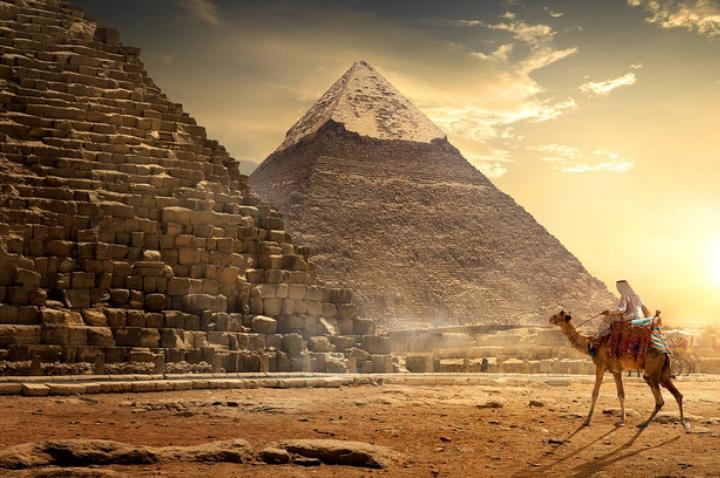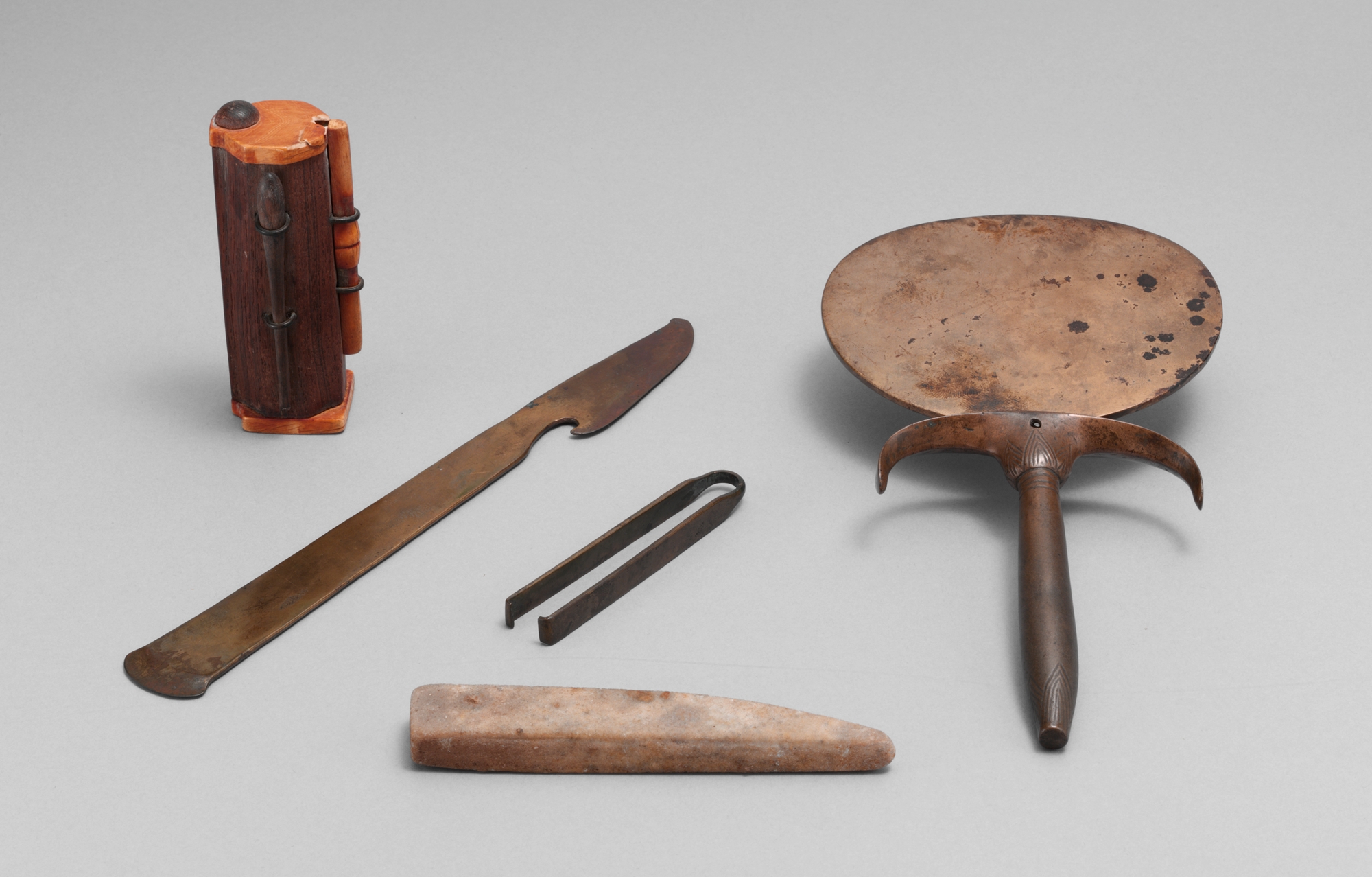Their Way To Dress
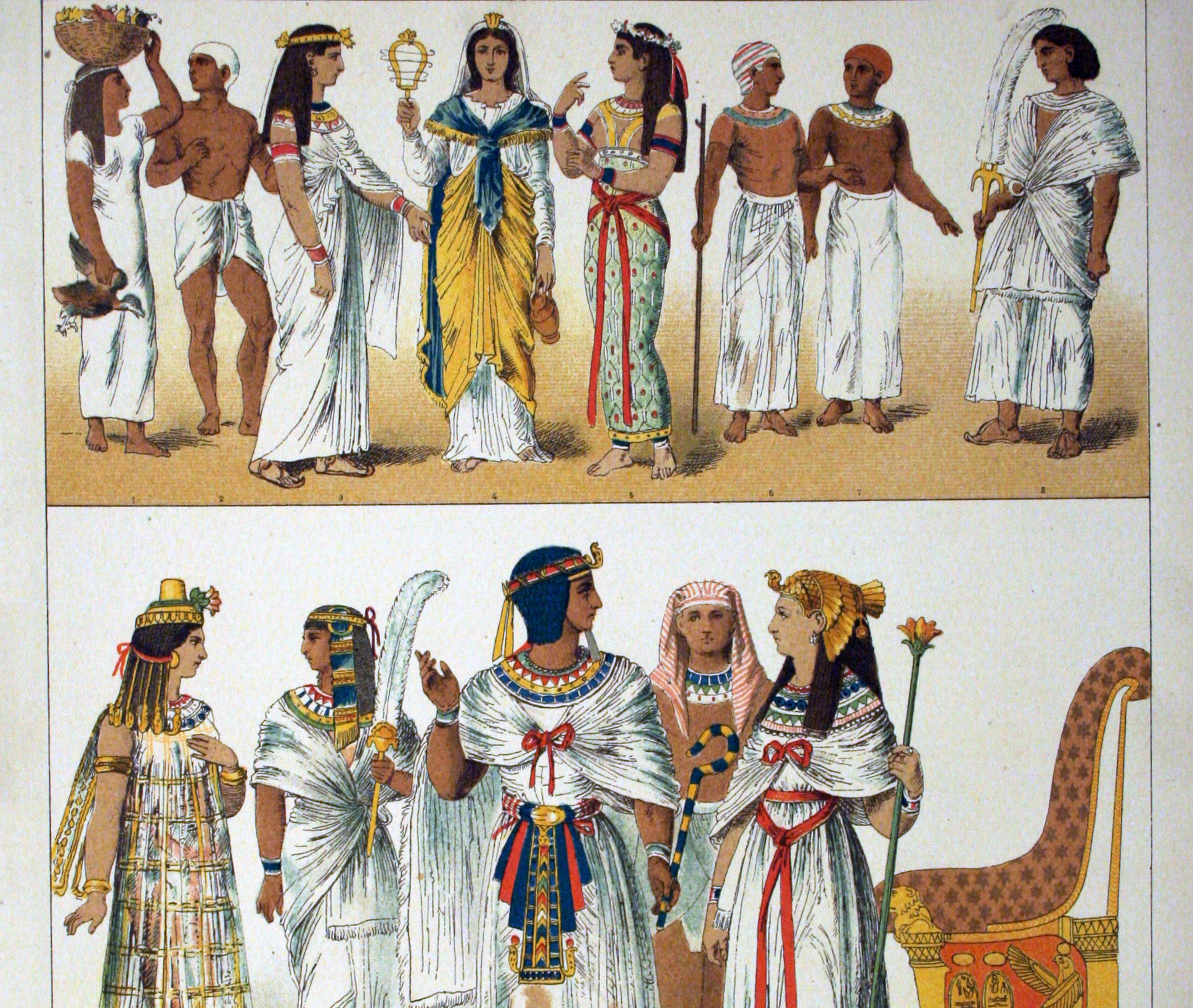
The ancient Egyptians had a very unique style of wearing clothes. Men donned skirts which they wrapped around their waist and used belts to hold them as we do to hold our pants or jeans. Over time, there were many changes they did to their skirts like lengthening it, shortening them, and even adding pleats. Rich men even gave it more knack – they layered it with jewelry, headdresses, and fabric-based additions over their skirts.
Women Wore Simple
Similarly, women’s wardrobes were not that flashy too. They wore long dresses, adding extra beauty to the dress with one or a pair of straps. Eventually, their dresses too became more creative, draping or pleating fabric were added to make it look like ornate garments. And just like men from a wealthy family, women have also spiced up their dresses with jewelry and other accessories.
Sign Of Status
Back in the days, the Egyptians considered jewelry as a sign of status. Only wealthy families were able to afford the ornaments made from precious materials. The jewelry was not only used to impress their neighbors, but they would also devote it to the gods to impress them by offering bracelets, necklaces, earrings, collars, pendants, and rings.
Most Surprising!

Not only the Egyptians dressed well or wore expensive jewelry, they even mixed their own make-up. Both men and women strengthened their eyes with black kohl liner. They used powered minerals to decorate the eyelids with green and blue tints. For transforming their hands and lips they relied on henna for that. But who would have thought that in future there would be this amazing discovery that would surprise the whole world?
The Chosen One
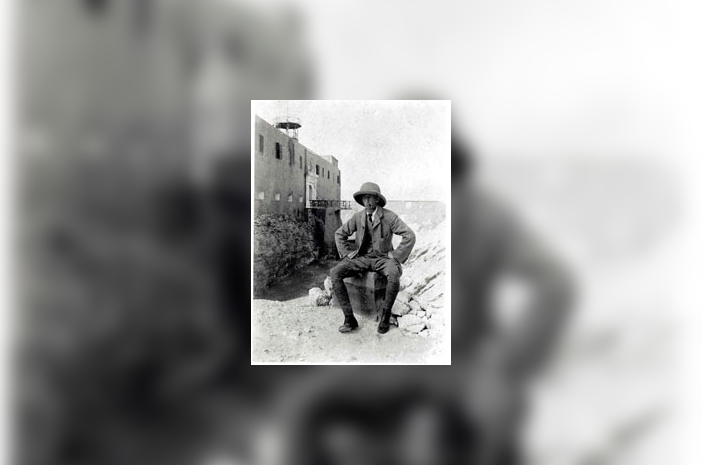
The man who was responsible for this amazing find was John De Monins Johnson.The main focus of his study was in papyrology, meaning the study of Egyptians’ writings. He was involved in every part of the study from literature to legal dealings. His career bloomed when he was in Antinoopolis. Excavating the site looking for something else but found something else that changed his life forever.
The Excavation Began
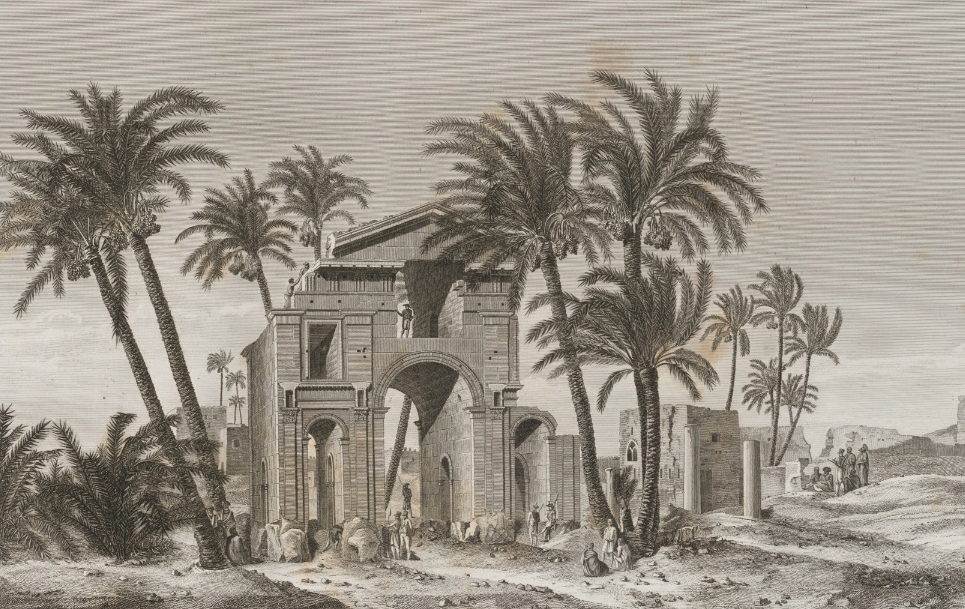
In the year, 1913 and 1914, John de Monins Johnson was excavating the city of Antinoopolis. Greek emperor Hadrian founded the city to remember his friend Antonius, who died after drowning in the Nile River. Johnson’s main focus was to dig up the site and find any hidden papyrus in the area. But then things didn’t remain the same.
